Perhaps dark matter is made of an entirely different kind of particle than the ones physicists have been searching for. New experiments are springing up to look for these ultra-lightweight phantoms.
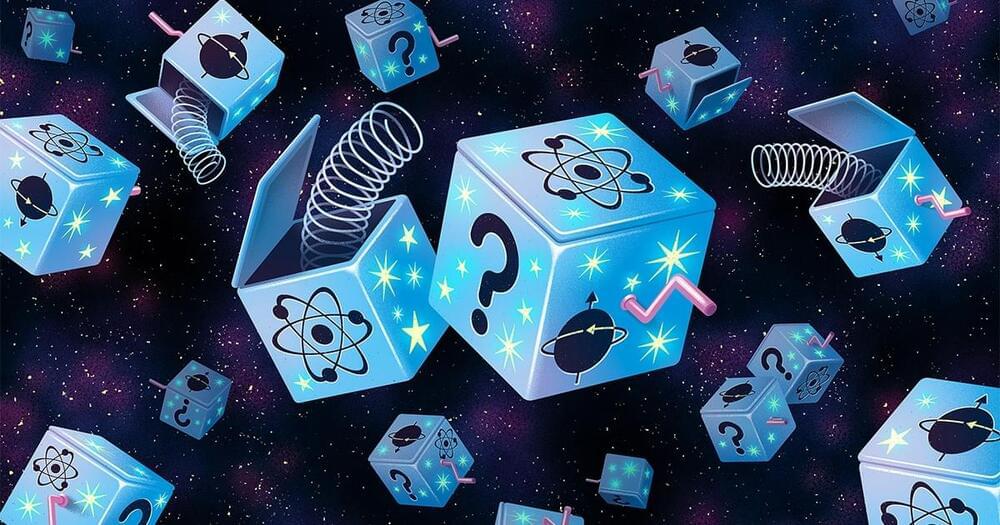

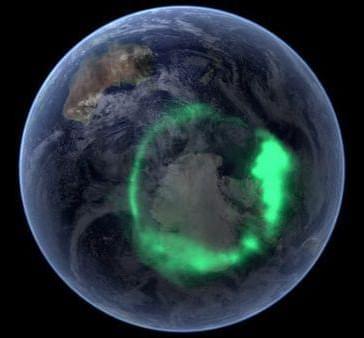
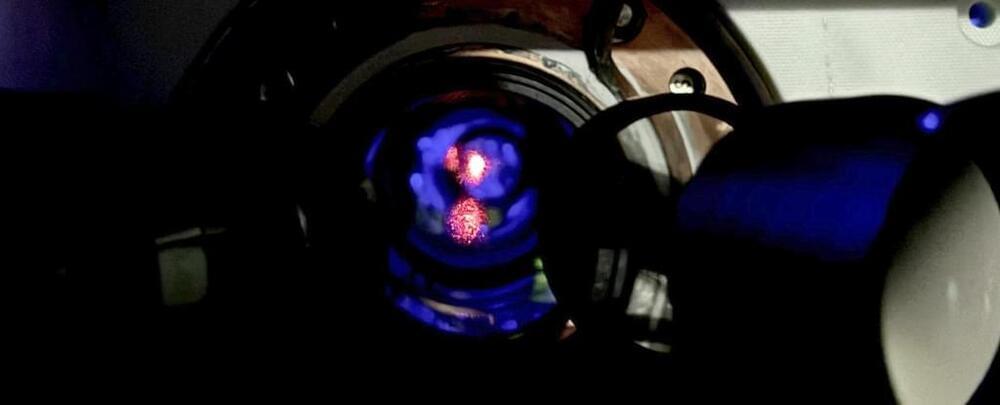
Time: It bends and warps, or seems to speed up or slow down, depending on your position or perception. So measuring its passing accurately is one of the most fundamental tasks in physics – which could help land us on Mars or even observe dark matter.
Now, physicists at the US National Institute of Standards and Technology (NIST) and the University of Delaware have developed the most accurate and precise atomic clock yet, using a ‘web’ of light to trap and excite a diffuse cloud of cold strontium atoms.
“This clock is so precise that it can detect tiny effects predicted by theories such as general relativity, even at the microscopic scale,” says Jun Ye, a physicist at the NIST’s Joint Institute for Laboratory Astrophysics (JILA) lab at the University of Colorado. “It’s pushing the boundaries of what’s possible with timekeeping.”
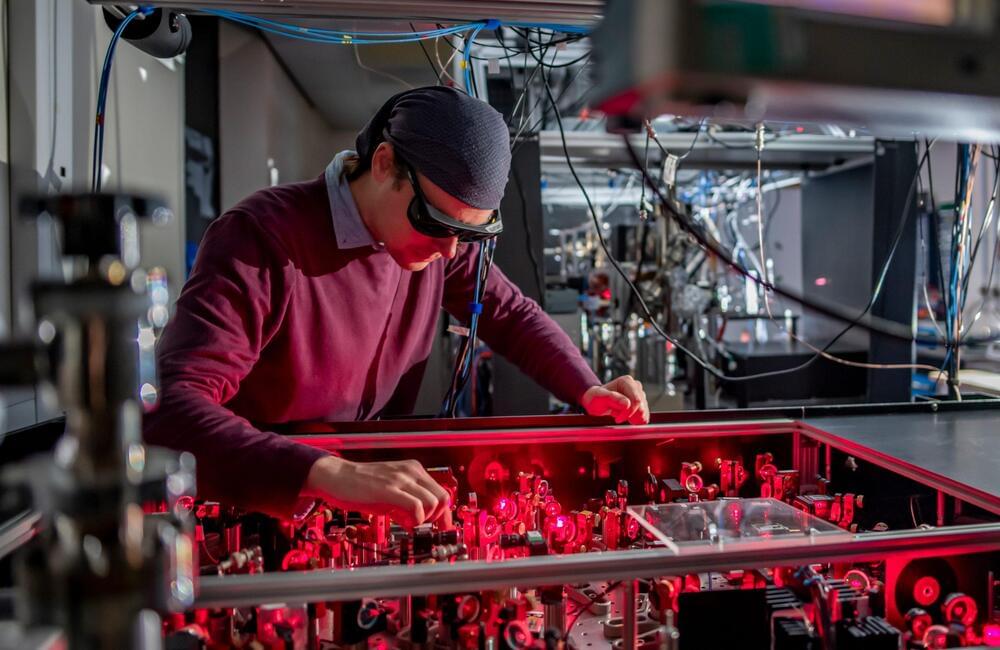
Scientists have devised a 3D-printed vacuum system to detect dark matter and explore dark energy, using ultra-cold lithium atoms to identify domain walls and potentially explain the universe’s accelerating expansion.
Scientists have developed a novel 3D-printed vacuum system designed to ‘trap’ dark matter, aiming to detect domain walls. This advancement represents a significant step forward in deciphering the mysteries of the universe.
Scientists from the University of Nottingham’s School of Physics have created a 3D-printed vacuum system that they will use in a new experiment to reduce the density of gas, then and add in ultra-cold lithium atoms to try to detect dark walls. The research has been published in the scientific journal Physical Review D.

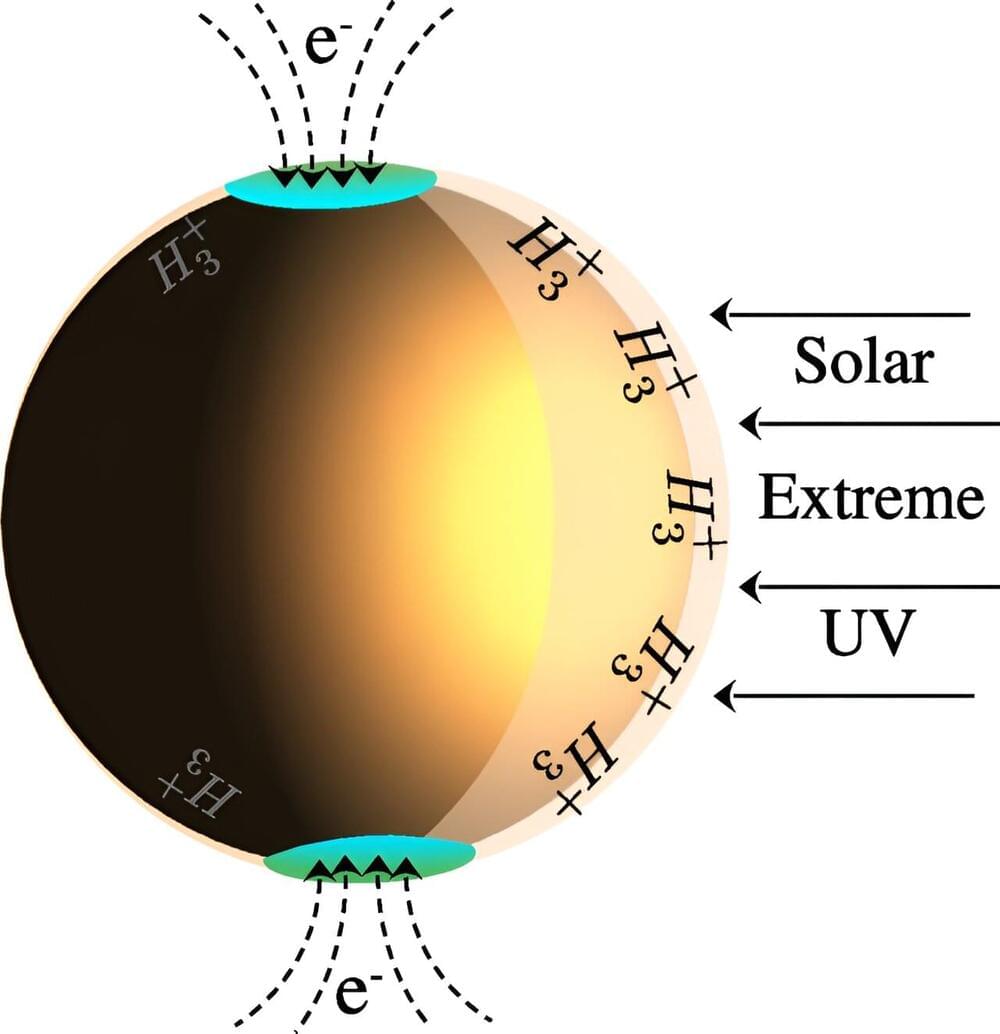
A pair of astrophysicists with Princeton University and the SLAC National Accelerator Laboratory found possible evidence of dark matter particles colliding. In their study, published in Physical Review Letters, Carlos Blanco and Rebecca Leane conducted measurements of Jupiter’s equatorial region at night to minimize auroral influences.
Since it was first proposed back in the 1930s, dark matter has been at the forefront of physics research, though it has yet to be directly detected. Still, most in the field believe it makes up roughly 70% to 80% of all matter in the universe. It is believed to exist because it is the only explanation for odd gravitational effects observed in galaxy motion and the movement of stars.
Researchers posit that it might be possible to detect dark matter indirectly by identifying the heat or light emitted when particles of dark matter collide and destroy each other. In this new study, the researchers found what they believe may be such an instance—light in Jupiter’s dark-side outer atmosphere.
Physicists have proposed a new theory: in the first quintillionth of a second, the universe may have sprouted microscopic black holes with enormous amounts of nuclear charge.
For every kilogram of matter that we can see — from the computer on your desk to distant stars and galaxies — there are 5kgs of invisible matter that suffuse our surroundings. This “dark matter” is a mysterious entity that evades all forms of direct observation yet makes its presence felt through its invisible pull on visible objects.
Fifty years ago, physicist Stephen Hawking offered one idea for what dark matter might be: a population of black holes, which might have formed very soon after the Big Bang. Such “primordial” black holes would not have been the goliaths that we detect today, but rather microscopic regions of ultradense matter that would have formed in the first quintillionth of a second following the Big Bang and then collapsed and scattered across the cosmos, tugging on surrounding space-time in ways that could explain the dark matter that we know today.
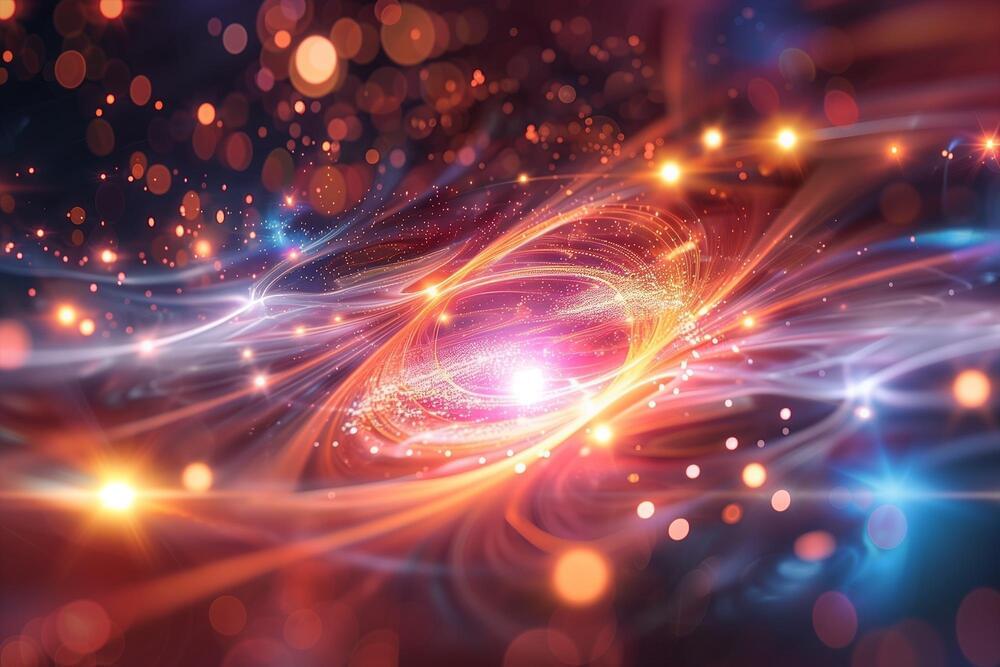
A research team led by Academician Du Jiangfeng and Professor Rong Xing from the University of Science and Technology of China (USTC), part of the Chinese Academy of Sciences (CAS), in collaboration with Professor Jiao Man from Zhejiang University, has used solid-state spin quantum sensors to examine exotic spin-spin-velocity-dependent interactions (SSIVDs) at short force ranges. Their study reports new experimental findings concerning interactions between electron spins and has been published in Physical Review Letters.
The Standard Model is a very successful theoretical framework in particle physics, describing fundamental particles and four basic interactions. However, the Standard Model still cannot explain some important observational facts in current cosmology, such as dark matter and dark energy.
Some theories suggest that new particles can act as propagators, transmitting new interactions between Standard Model particles. At present, there is a lack of experimental research on new interactions related to velocity between spins, especially in the relatively small range of force distance, where experimental verification is almost non-existent.
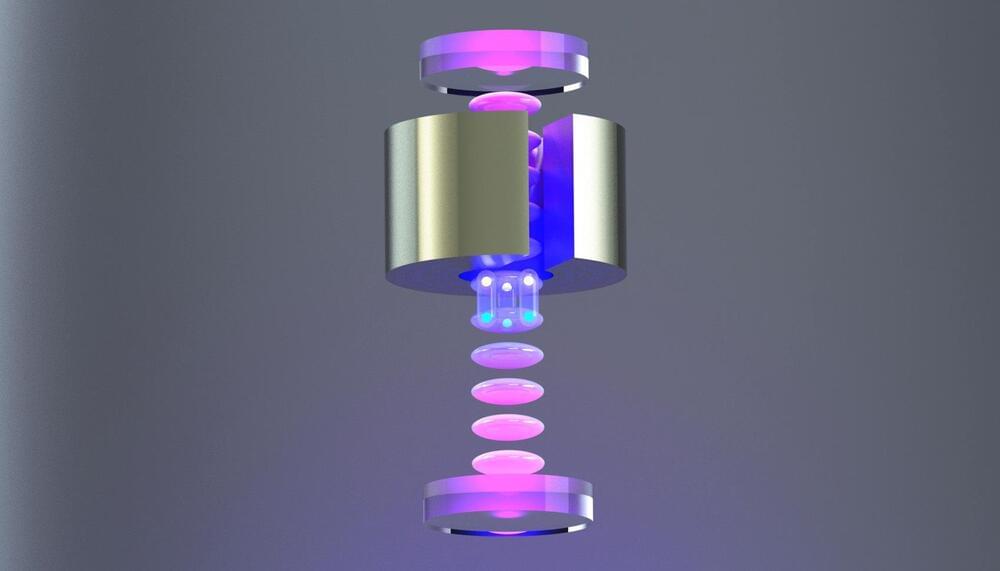
Nice!
Researchers at UC Berkeley have enhanced the precision of gravity experiments using an atom interferometer combined with an optical lattice, significantly extending the time atoms can be held in free fall. Despite not yet finding deviations from Newton’s gravity, these advancements could potentially reveal new quantum aspects of gravity and test theories about exotic particles like chameleons or symmetrons.
Twenty-six years ago physicists discovered dark energy — a mysterious force pushing the universe apart at an ever-increasing rate. Ever since, scientists have been searching for a new and exotic particle causing the expansion.
Pushing the boundaries of this search, University of California, Berkeley physicists have now built the most precise experiment yet to look for minor deviations from the accepted theory of gravity that could be evidence for such a particle, which theorists have dubbed a chameleon or symmetron.
Join my mailing list https://briankeating.com/list to win a real 4 billion year old meteorite! All.edu emails in the USA 🇺🇸 will WIN!
What would Brian Greene do if he could travel through time, and which future technology is he most excited about?
After our full interview, I had the privilege to sit down with Brian and ask him a few more questions. Enjoy this exclusive Q\&A with one of the most renowned physicists of our time!
And if you haven’t already, check out our full interview: • Brian Greene: The Truth About String…
Brian Greene is an American theoretical physicist and mathematician. He’s a professor at Columbia University and the director of Columbia’s Center for Theoretical Physics. He has gained a lot of popularity through his books that bring complex physical issues closer to general audiences: The Elegant Universe (1999), Icarus at the Edge of Time (2008), The Fabric of the Cosmos (2004), and The Hidden Reality (2011), a book he promoted in the TV show The Big Bang Theory!
Additional resources: